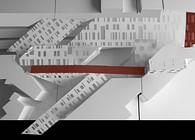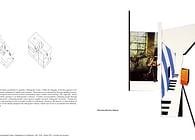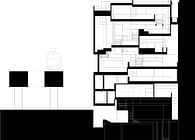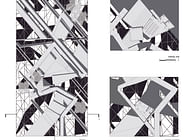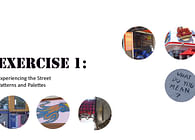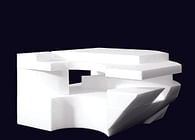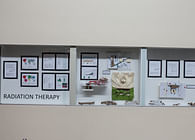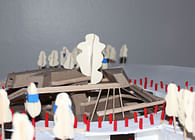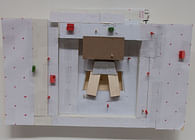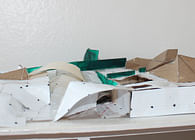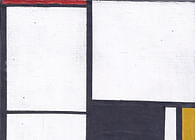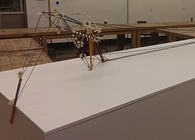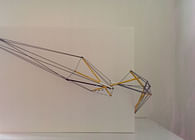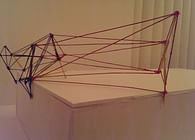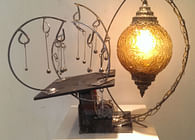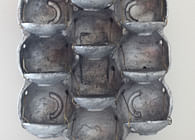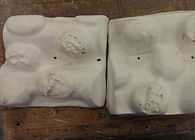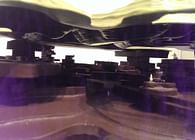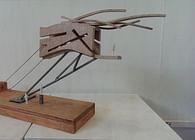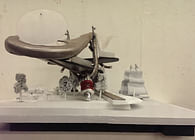
The next phases were transformations of the original cube. The more phases, the more dynamic the end result. In total, I ended up having 5 phases. These are some of the phases leading up to the final phase.
This project also had rules, many of which were similar to the Line project rules:
-transformations had to be non-modular
-transformations had to occur on multiple (x,y,z) axes
-you had to keep line, plane, mass, and void in mind
-the overall composition still had to follow the logic of the original painting
-corners and centers should not be activated
-you should not have autonomous parts
-the composition had to be top heavy
You could choose to incorporate a base into the composition. It could be just a box, or it could alter based on the extended logic of your cube.
I approached this by thinking of the cube as an empty receptacle with the potential for millions of interactions going on inside. Therefore, I decided to work inside out, pulling the cube apart and creating the inside. I manipulated the sides such that they were each unique, but that you could still tell they once formed a cube. I then infused the sides with what I created from the inside, that way the composition was cohesive. By creating voids, using planes instead of masses, extending lines, and creating dynamic masses, I created a composition that gives the viewer a different experience from every angle.
Status: School Project
My Role: Designer
